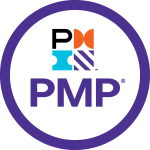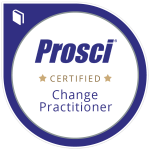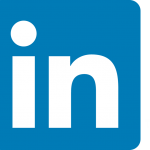Bringing Social Business Inside the Enterprise: What we have learned (so far)
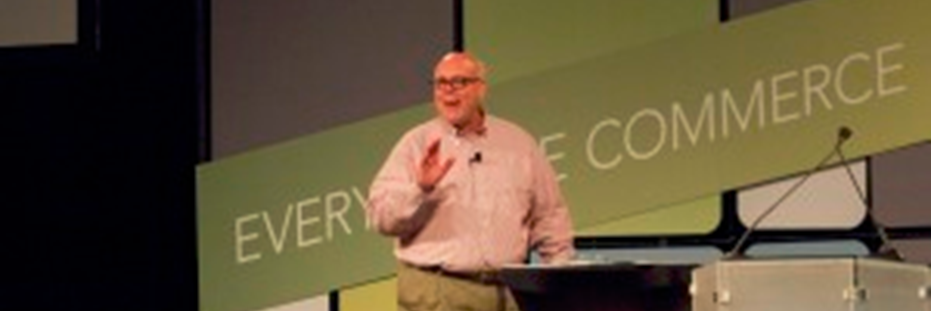
What we have learned so far about bringing social business inside the enterprise: 1) deliver on two fronts (committed results + capabilties); 2) build the new way into the approach; 3) blend traditional, proven tools and methods with emerging collaborative approaches; and 4) adopt a collaborative platform.
A Management Renaissance- Innovating for the knowledge-age
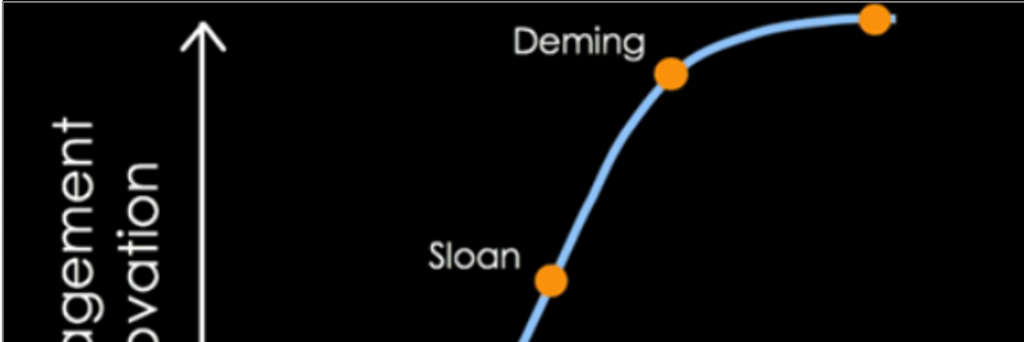
Managing in the knowledge-age requires a management renaissance based on a number of observations, including: 1) traditional management tools have become a commodity; and, 2) for our knowledge-worker workforce, emerging social tools eliminate barriers to collaboration and facilitate innovation.
Management Tools: A 10 Year Overview

We overview 10 years of Bain’s periodic Management Tools survey (2011) through several lenses including stable, aggregated or moderately enhanced, economically cyclical, and emerging social. The top management tools like strategic planning and benchmarking did not significantly change during the first decade of the millennium.
Alignment- The concept of one

When taking on complex projects, you can drive alignment by applying the Concept of One to a number of critical elements including by way of example: one mission; one integrated strategy (e.g., business & tech); one decision making structure and process; one economic model; one roadmap; one team; one organizing concept; one set of common methods & tools
Can Social Media Drive Enterprise Change?

We explore social media inside-the-organization’s impact on the enterprise through its ability to drive business outcomes. “Adoption requires business relevance” Our research considers its importance from multiple perspectives and sources.
Rapid Assessment Tool

“This multi-level assessment tool can very rapidly provide a picture for leadership from different perspectives, including any misalignment between positional and/or functional groups. Results can be viewed in the aggregate or from any combination of demographic splits.”
Why hire consultants?

We share a set of practices on “Why hire consultants?” Topics include staff augmentation, perspective, roles, and internal barriers. The article also touches on traditional concerns about consultants, including over-reliance on third-parties to manage mission-critical activities.
Over-Reliance on Outside Resources

Large organizations are more capable at dealing with change than ever before, and they are able to do more of the “work” required of a change program. Yet dependency on outside consultants continues, in part, because of: organizational skill/experience gaps, leadership disengagement, and the expanding role of the consultant
Change Leadership

Our approach to change is focused on delivering business outcomes and is steeped in practical experience of designing and managing hundreds of initiatives. While implementing change to achieve objectives with speed, predictability and control is complex, the elements summarized in this article are common to most strategic improvement efforts.
Risk Management

As risk is endemic to business, we can never eliminate risk, but we can identify and manage risk through 5 generic approaches to quantified risk: avoid, transfer, mitigate, manage and accept. For project management a convenient frame is to consider the “iron triangle” dimensions (e.g., scope, schedule, cost) as drivers of project risk.

